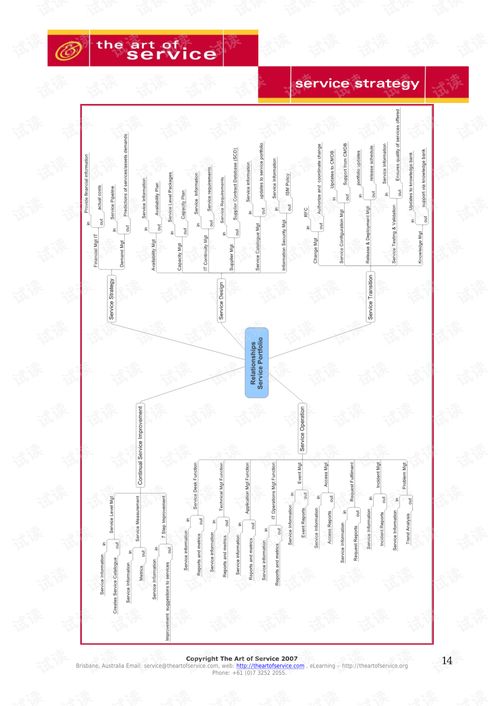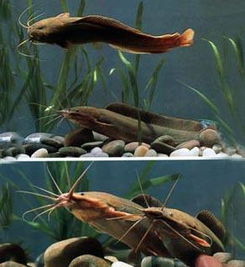Introduction:
Fishing is an ancient pastime that continues to captivate anglers of all ages and skill levels. One of the most crucial elements in the fishing equation is the choice and handling of fishing line. The right fishing line can make the difference between a successful day on the water and a frustrating experience. In this article, we will delve into how to choose the best fishing line, how to handle it properly, and provide you with essential fishing line techniques to improve your angling skills.
Choosing the Right Fishing Line:
1 Types of Fishing Line:
There are several types of fishing line available, each with its unique characteristics and uses. Here are the most common types:
- Monofilament: The most widely used fishing line, monofilament is versatile, durable, and relatively inexpensive. It is ideal for freshwater fishing and works well in a variety of conditions.
- Braid: Known for its high strength and sensitivity, braid is excellent for catching larger fish and for use in deep water. It is less visible in the water, making it a great choice for targeting fish that are easily spooked.
- Fluorocarbon: Similar to monofilament, fluorocarbon is nearly invisible in water and is less stretchy, making it great for catching finicky fish. It is often used in conjunction with monofilament or braid for a balanced setup.
- Superline: A type of braid, superline is even stronger and more sensitive than standard braid. It is used for heavy-duty fishing and is ideal for catching the biggest fish in both freshwater and saltwater.
2 Choosing the Right Line for Your Fishing Conditions:
When selecting the right fishing line, consider the following factors:
- Water Conditions: Clear water requires a less visible line, such as fluorocarbon or braid. In murky water, monofilament may be a better choice.
- Fish Species: Different fish species may require different line strengths and diameters. Research the fish you are targeting and choose a line that can handle the fight.
- Type of Fishing: Spinning, casting, or fly fishing will require different line characteristics. For example, fly fishing often requires a softer, more flexible line.
Handling Your Fishing Line:

1 Spooling Your Reel:
Properly spooling your reel is essential for a smooth and effective fishing experience. Here's how to do it:
- Begin by threading the line through the guides on your rod and then through the spool's line roller.
- Attach the line to the spool's arbor using a line clip or knot.
- Wind the line onto the spool, ensuring that it is tight but not overly tight. Avoid overlapping lines as this can cause tangles.
- Once the spool is full, secure the line to the rod's tip using a knot.
2 Knots and Leader Length:
Choosing the right knots and leader length can significantly impact your fishing success. Here are some tips:
- Knots: Learn to tie the improved clinch knot, the Palomar knot, and the uni knot. These are the most reliable and versatile knots for fishing.
- Leader Length: The length of your leader depends on the fishing situation. For freshwater fishing, a leader length of 6 to 12 inches is often sufficient. In saltwater, a longer leader may be necessary to account for stronger currents and heavier fish.
Fishing Line Techniques:
1 Casting Techniques:
Proper casting techniques can help you present your bait or lure more effectively and reduce tangles. Here are some casting tips:
- Backcast: Begin by holding the rod at a 45-degree angle and sweeping it back over your shoulder. This will load the rod with power.
- Forward Cast: After the backcast, bring the rod forward and release the line with a smooth, continuous motion.
- Accuracy: Practice your casting to improve accuracy. Pay attention to your grip, wrist position, and timing.
2 Bait and Lure Presentation:
The way you present your bait or lure can make or break your fishing experience. Here are some tips:
- Natural Movement: Mimic the natural movement of the fish's prey to attract fish.
- Timing: Pay attention to the timing of your retrieves or presentations. Sometimes, a slow and steady approach works better than a fast and erratic one.
- Adjustments: Be prepared to make adjustments based on the fish's reaction. If they are not biting, try changing your bait, lure, or technique.
Conclusion:
Improving your fishing line skills is an ongoing process that requires practice and patience. By choosing the right fishing line, handling it properly, and mastering essential fishing line techniques, you can enhance your chances of success on the water. Remember to always respect the fish and the environment, and enjoy the beauty and tranquility of fishing. Happy fishing!












